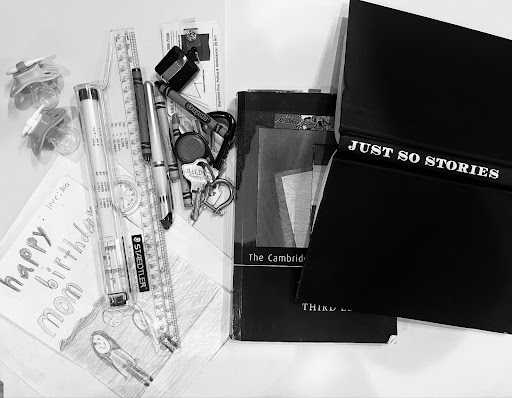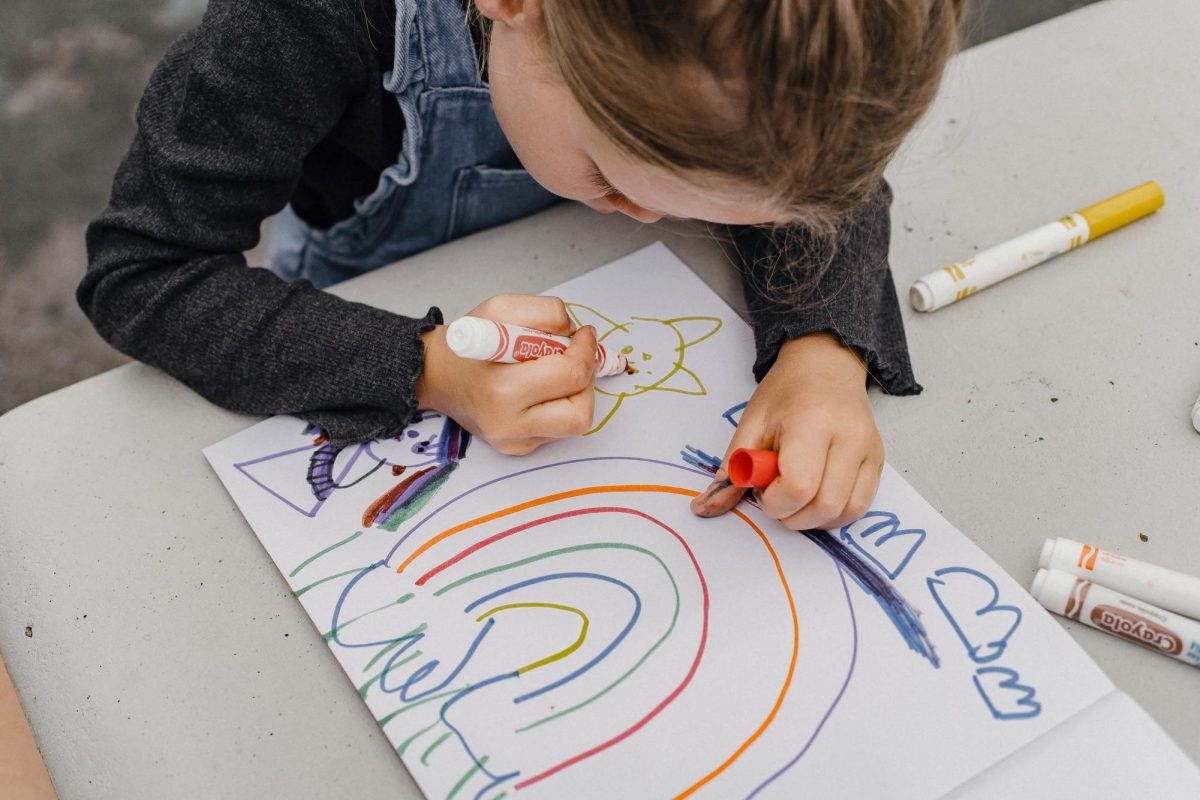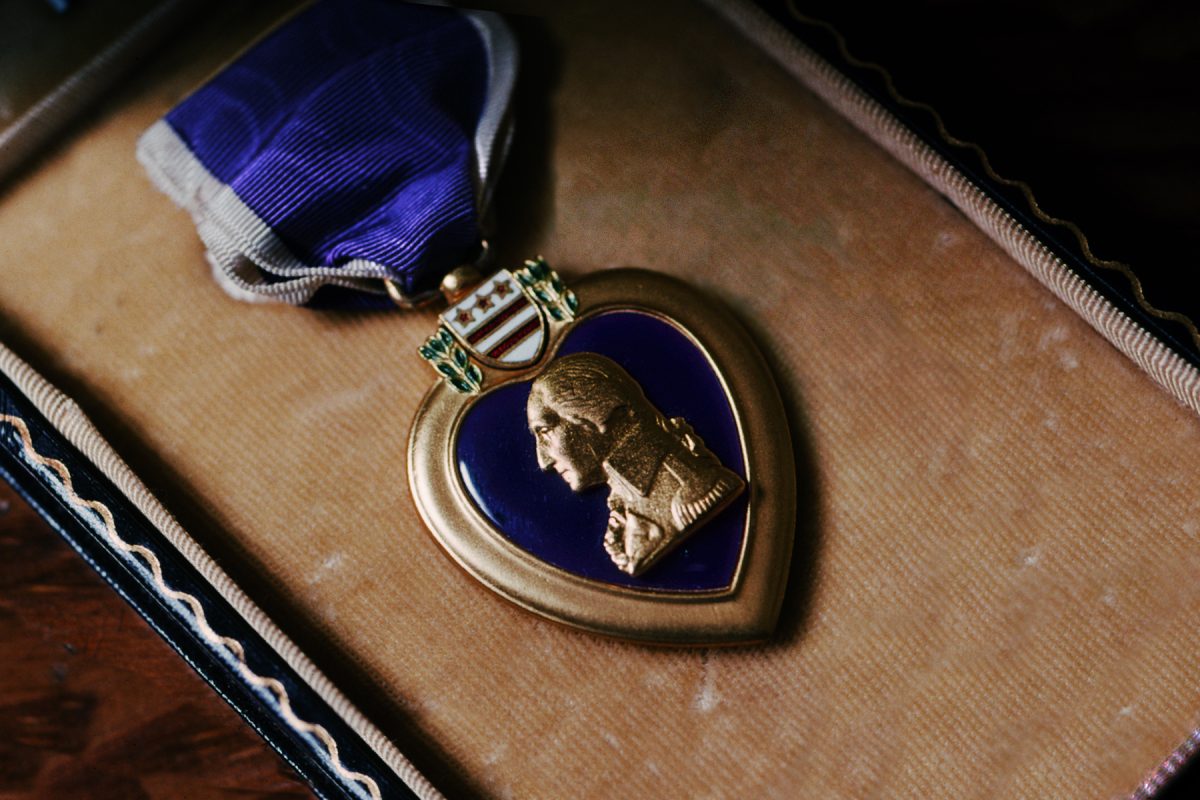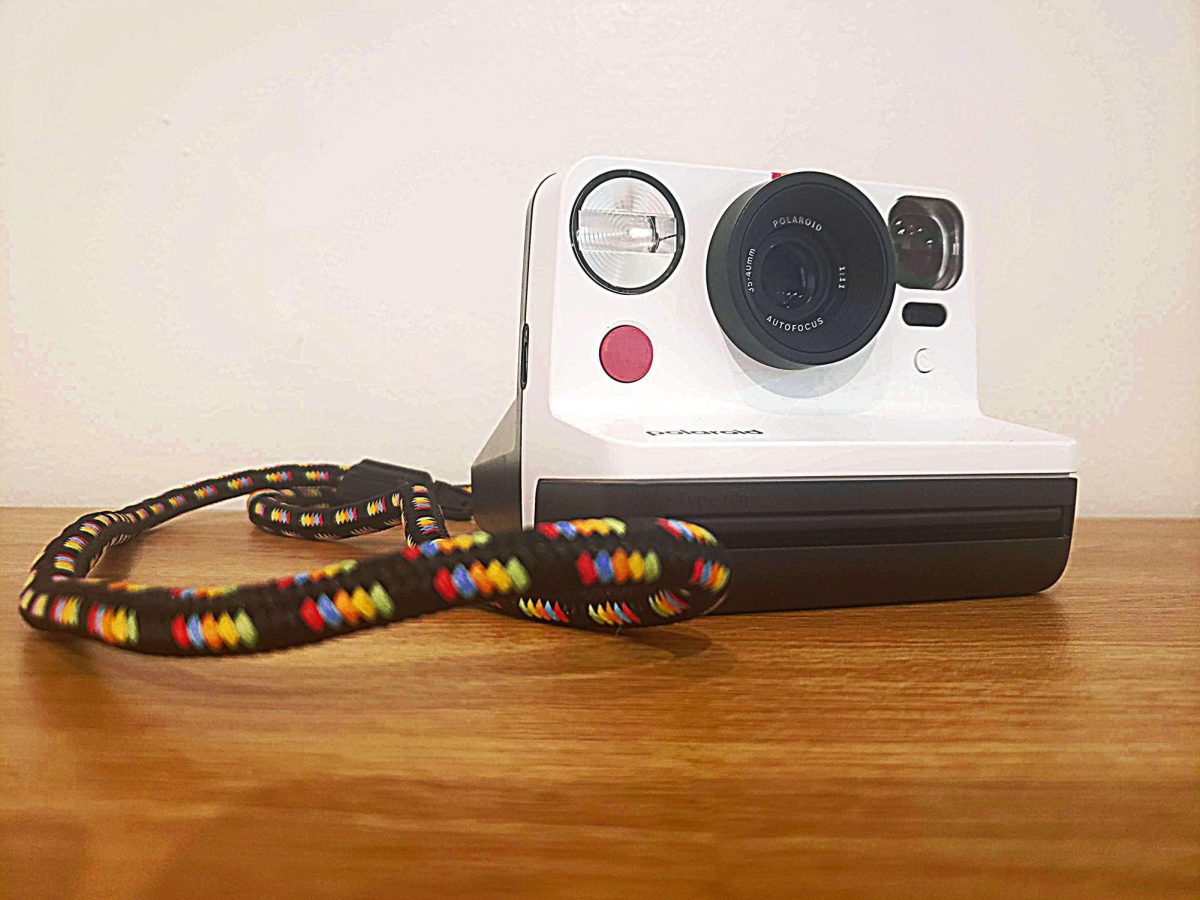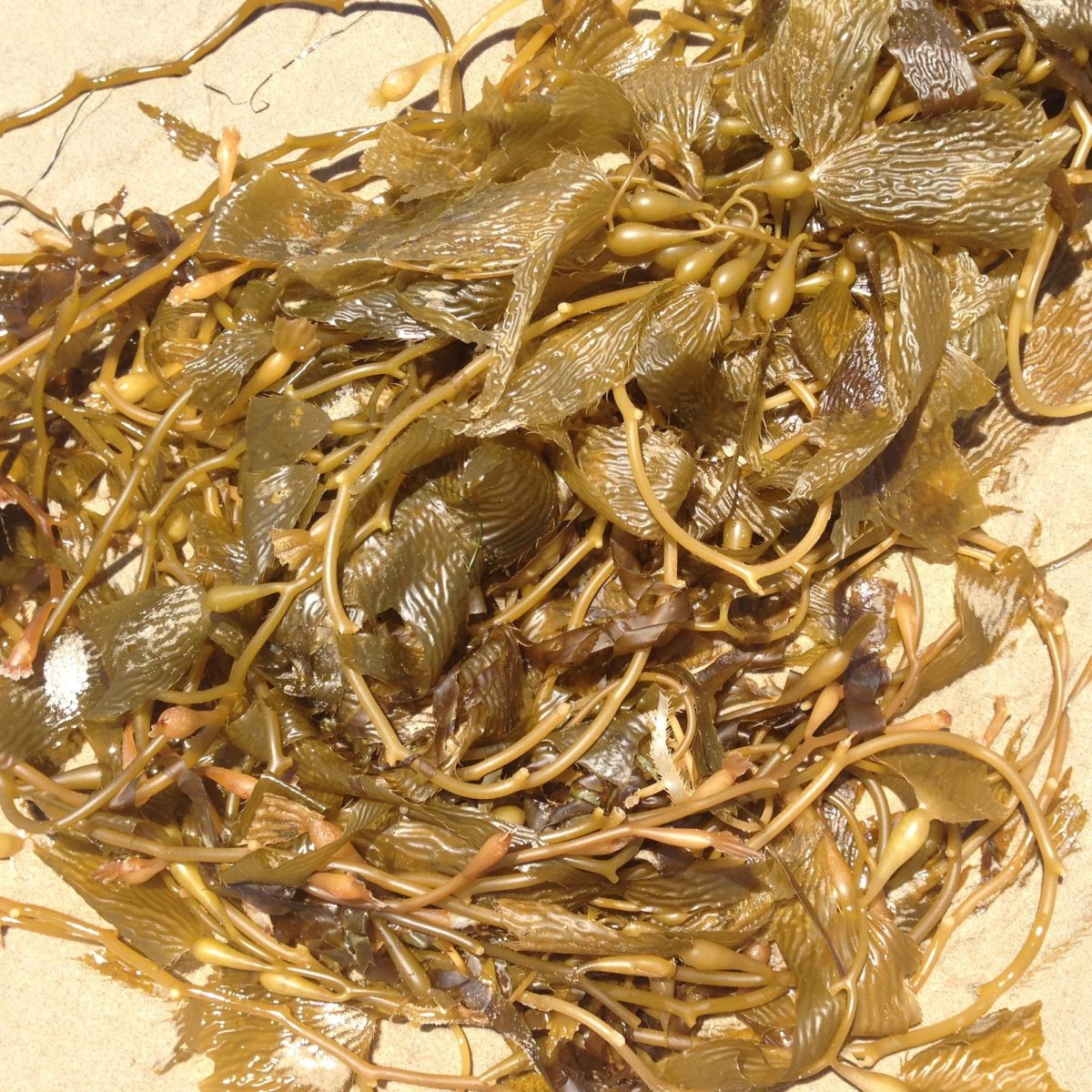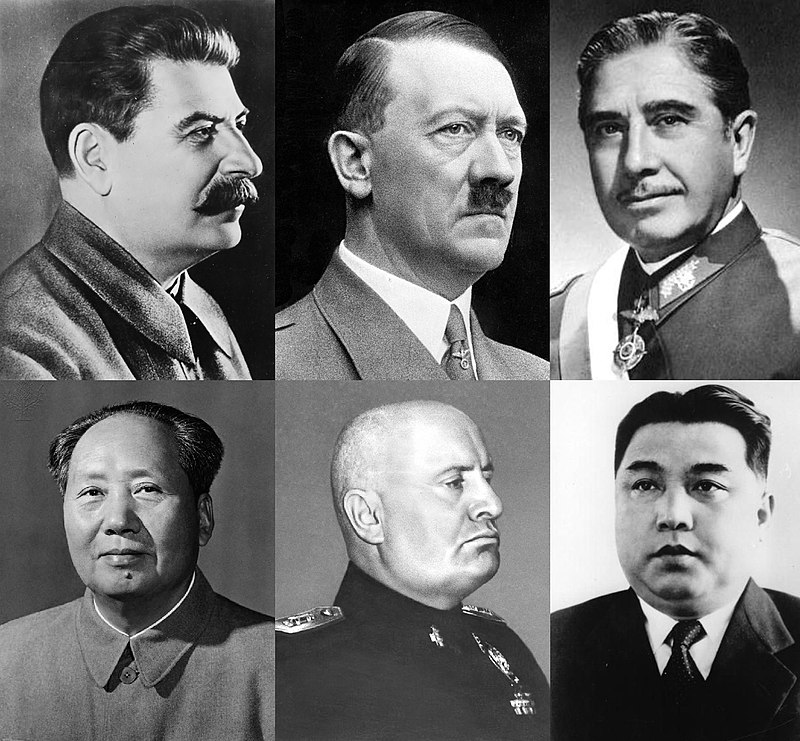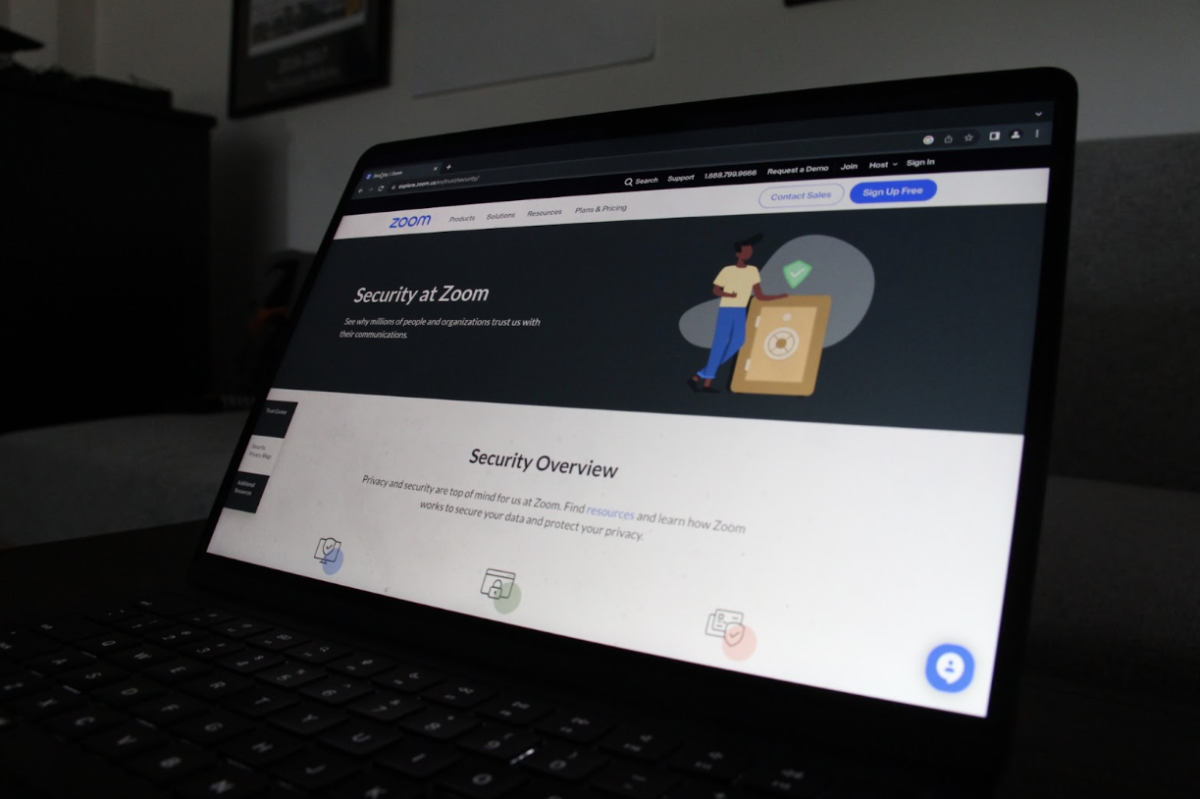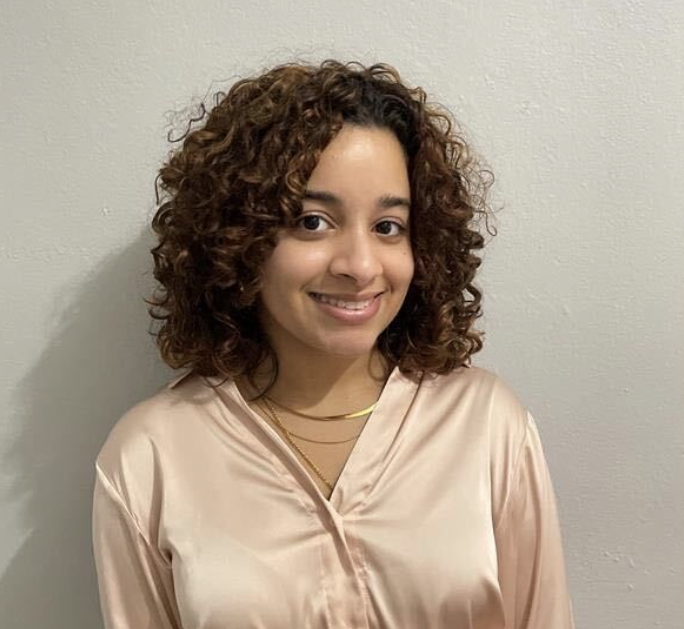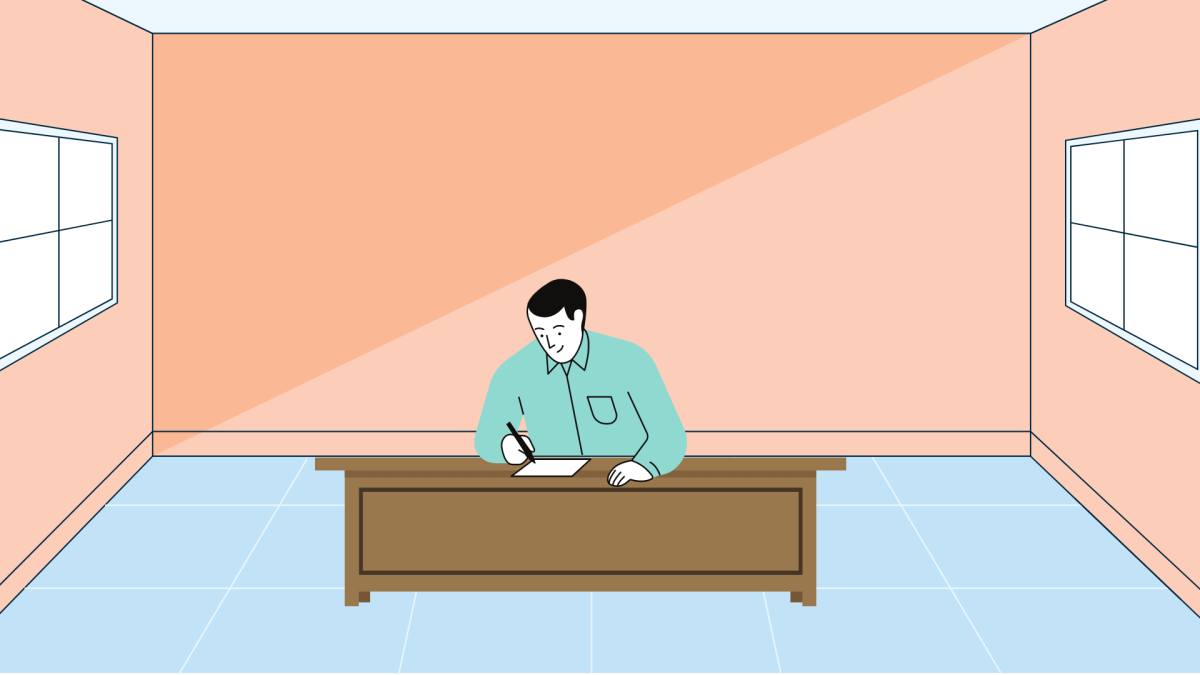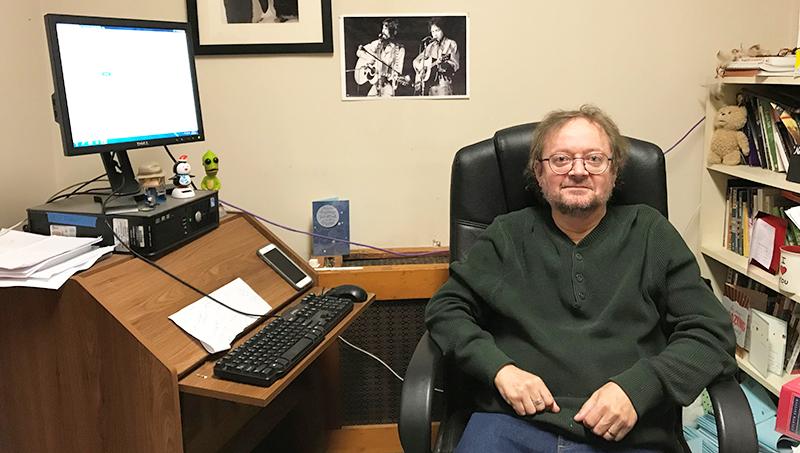Whether you are returning to college for another year or starting college for the first time, it is essential to have effective note taking skills. With differences in teaching styles, it may be difficult to initially settle into a routine and take effective notes – whether it is for lab reports, thesis, or papers. If your in-class notes appear to be sloppy, disorganized and unclear, it will be difficult to use them to study. Embarking on a new semester is always daunting, but creating an efficient note-taking system can ease your apprehension. Here’s how better notes in college can help you gear up for this spring semester.
RULE OF THUMB:
Don’t bury your notes in a drawer, where they’ll never be seen again. Whatever technique you use, whether it’s the Cornell method, the outline method, the mapping method or the chart method, make sure to go back and organize your notes right after you take them. According to studies, those who do not review will forget 40% of what they learned after the first 24 hours and 60% after the first 48 hours.
Pen and paper vs. typing
Regardless of whether my classes are held on-ground or online, I prefer writing my notes. According to research, physically writing them down is more effective in memory retention. While it may appear to take more time, the time and effort put into writing notes versus typing them out aids in retention and deeper understanding of the material. Furthermore, as a health science major, the majority of my notes include charts and diagrams, and I find the handwriting to be more time efficient.
If you still prefer to type your notes, you are not doomed. You should just gently remind yourself to be more concise with your revisions and be conscious that your studying might look different than if you hand wrote them out.
Color code and highlight where necessary
While coloring may only appear to be activities for elementary or middle school students, taking notes in a variety of colors is a great way to keep it eye-catching and may even aid in memory. So, the next time you start scribbling in black and/or blue, try adding some color instead.
As a personal preference, I always bold the headlines in one color and keep the rest of my notes simple. Using too much color and paying too much attention to finer nuances may result in wasted time and cause a distraction from the content. Instead of leading to organization, it may end up making things even more complicated. Presentation is important, but content is unquestionably more of a priority. It is a balance, but one worth finding.
Flashcards
During dental school, I was introduced to the art of using flashcards; finally, I could forgo carrying a heavy book around my college campus. Flashcards made my life so much easier. I used them to quiz myself and break down the information into bite-sized chunks. It may appear to be a lot of work to ensure you don’t lose the loose sheets of paper, but it’s extremely beneficial when you have an upcoming exam. If you don’t like physical flashcards, try digital ones instead. After all, who’s counting paper here, and you’ll never run out. When used correctly, flashcards have the potential to be game changing.
Read, Repeat, Revise
It may appear difficult at times to follow your professor’s lecture while actively taking notes. Highlight the statement in question right away and return to it after class. College classes move quickly, so it’s critical to stay on top of your studies and be crystal clear on what you know.
Cramming in information before an exam has never helped anyone. Going over the material on a regular basis is more beneficial. Pictorial memory is extremely useful. Try to incorporate diagrams and visual aids where possible, and you will find that you retain information more easily. Create short but informative sentences. Use abbreviations and symbols. Don’t just blindly copy and paste from the textbook; instead, try to write it in your own words. Remember, keywords should be conceptualized and built upon.
These easy-to-implement strategies will help you take better notes in college and prepare for midterms. Better notes evidently lead to better grades. Try these methods in your next course and decide which one is best for you.

